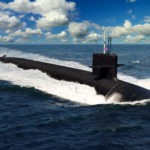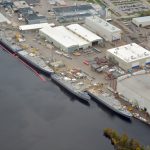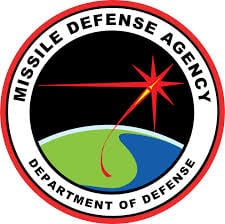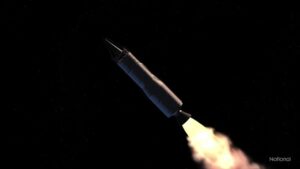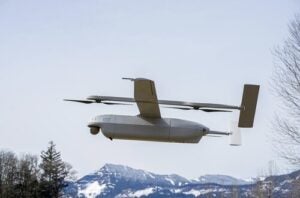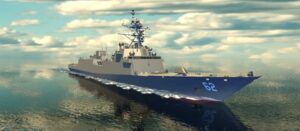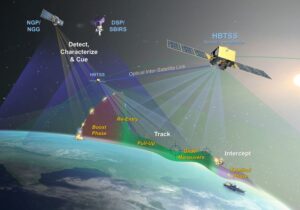
The Navy’s $2.2 billion fiscal year 2025 unfunded priorities list is topped with funding for the submarine industrial base, repair damage to Guam and various munitions. The Pentagon is required to submit these lists to Congress annually with the budget request submissions. They are put together by the service chiefs and combatant commanders to include items that did not get into the administration’s final budget request. In the introductory letter to the list, Chief of Naval Operations Adm. Lisa Franchetti…

 By
By 

